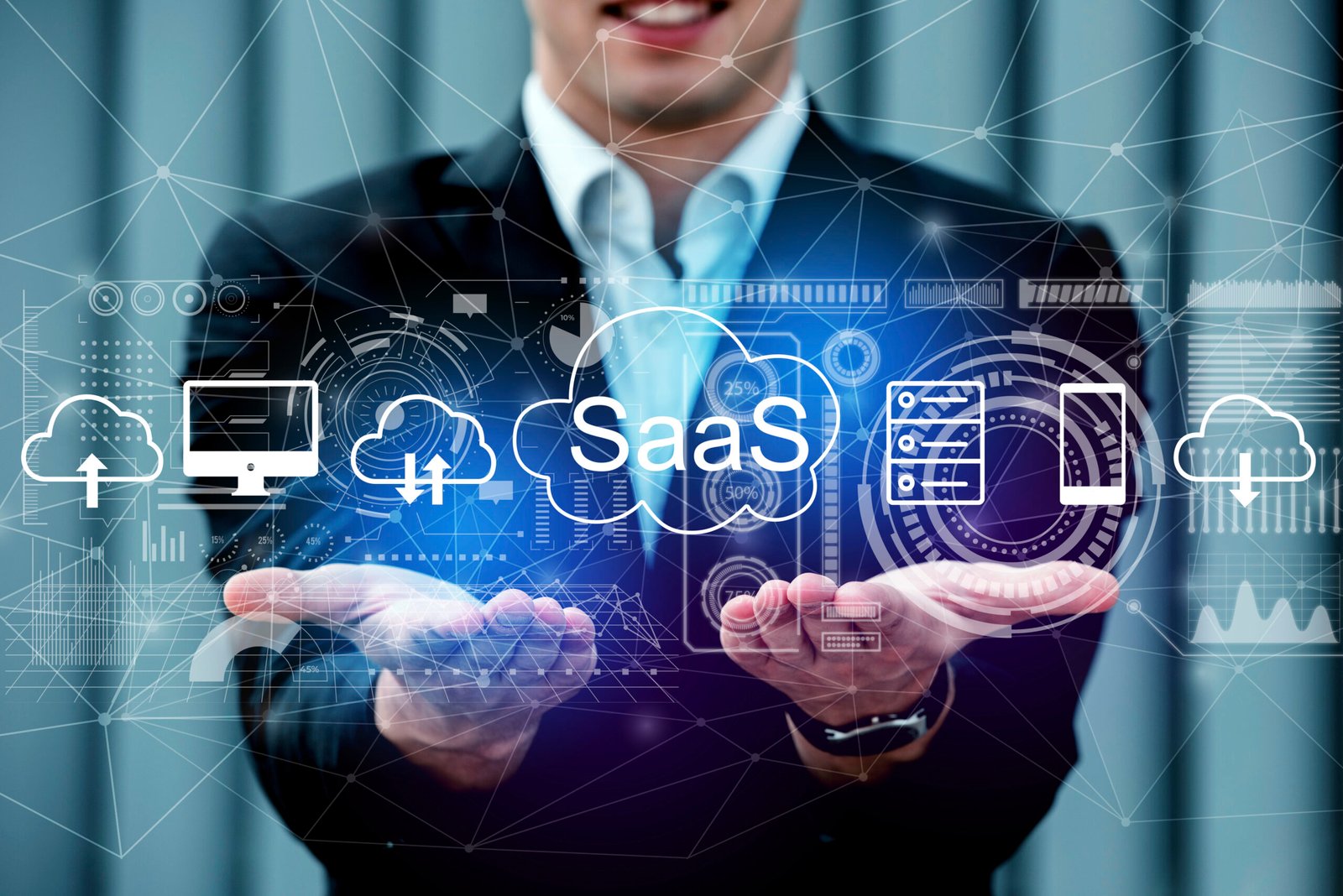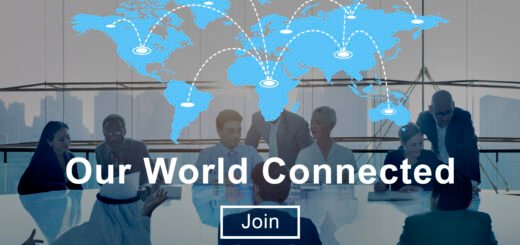The Evolution of Systems and Services Technologies

Introduction
The digital ecosystem that powers contemporary society is supported by systems and services technology. These technologies are causing a revolution in many different sectors by making it easier to streamline complex company processes and provide customers with more streamlined experiences.
In any case, how can we define systems and services technologies and what makes them so important? Discover their indisputable influence on organisations and daily life as this guide delves deeply into their components, applications, and upcoming trends.
Everyone from tech enthusiasts to business leaders and IT professionals can benefit from this in-depth overview of systems and services technology.
Understanding Systems and Services Technologies
What Are Systems and Services Technologies?
Systems and services technologies are the digital infrastructures, software, and procedures supporting operations, data management, and service delivery among different sectors. Generally classified as hardware (physical equipment) and software (digital tools), these technologies support any contemporary company from top down.
From Enterprise Resource Planning (REP) systems managing and integrating basic activities to cloud solutions allowing remote work and networked services, examples range.
Impact on Businesses and Daily Life
https://pitchbook.com/profiles/company/125531-47#overviewSystems and service technologies’ integration is changing companies’ and people’s way of living. These technologies help businesses increase production, streamline decision-making by means of real-time data, and facilitate worldwide cooperation.
Categories of Systems and Services Technologies
Hardware vs. Software Technologies
Hardware Technologies involve tangible elements including routers, servers, and Io devices meant to help data transportation and storage.
Software Technologies, Conversely, include tools like machine learning algorithms analysing and processing this data and Customer Relationship Management (CM) systems.
Enterprise Systems vs. Consumer Services
- Enterprise Systems are designed to optimize large-scale business processes, such as supply chain management or financial analytics. Examples include SAP and Oracle ERP systems.
- Consumer Services focus on improving the user experience for everyday tasks, such as digital payment systems or subscription platforms like Netflix.
The Role of Systems and Services Technologies in Different Sectors
1. Healthcare
- Electronic health records, or EHRs, make it easier to handle information about patients so that they can get better care.
Medicine Platforms:Help more people get access to health care and make virtual talks easier.
2. Finance
- Blockchain Technology: Enables transparent and secure financial transactions.
- Automated Trading Systems: Optimize stock market operations.
3. Education
- Virtual Learning Environments: Create hybrid and remote learning opportunities.
- AI-Driven Personalization: Tailor educational content to individual learners.
4. Retail and E-commerce
- Inventory Management Systems: Ensure stock accuracy and availability.
- Chatbots: Enhance customer experiences with instant assistance.
Challenges and Opportunities
Common Challenges
- High Costs of Implementation: Initial investment costs can be daunting for small businesses.
- Cybersecurity Risks: Greater connectivity introduces potential vulnerabilities.
- Skill Gaps: The rapid evolution of technology requires constant upskilling.
Opportunities
- Efficiency: Automating repetitive tasks frees up teams for innovation.
- Scalability: Flexible systems adjust as businesses grow, ensuring long-term ROI.
- Personalization: Tailored service delivery enhances customer loyalty.
Case Studies
1. Cloud-Based ERP in Retail
By implementing a cloud-based ERP system, a medium-sized retail chain was able to reduce operational costs by 20% and enhance supply chain efficiency by 30%.
2. IoT in Smart Cities
Cities such as Singapore use IoT sensors for garbage management, traffic control, and public safety to improve inhabitants’ quality of life.
3. Healthcare in Rural Clinics
A rural clinic adopted an EHR system, enhancing patient care through efficient data management and secure record keeping.
4. Blockchain and Financial Security
Leading financial company included blockchain into its processes to guarantee openness and remove fraud in high-value transactions.
5. Virtual Learning Environments for Education
Using a virtual learning environment, an educational institution created a flawless hybrid learning model and increased student involvement by forty percent.
Future Outlook
Technologies for systems and services are developing at a never-before-seen rate. The future is full of opportunities as blockchain, Io, and AI continue to reshape sectors.
Businesses must integrate these tools to be competitive and stay ahead of the curve. Ups killing in these areas guarantees relevance for individuals in the changing landscape.
Conclusion
Technologies related to systems and services are changing our daily lives and working environment. Their development has opened hitherto unheard-of security, personification, and efficiency.
Now is the moment for companies and people to use these technologies since new trends open the path for even more creativity. Using systems and services technology helps us to not only adapt but also flourish in a technologically linked environment.
Are you ready to investigate how these technologies might revolutionize your business? We begin the future right now.

